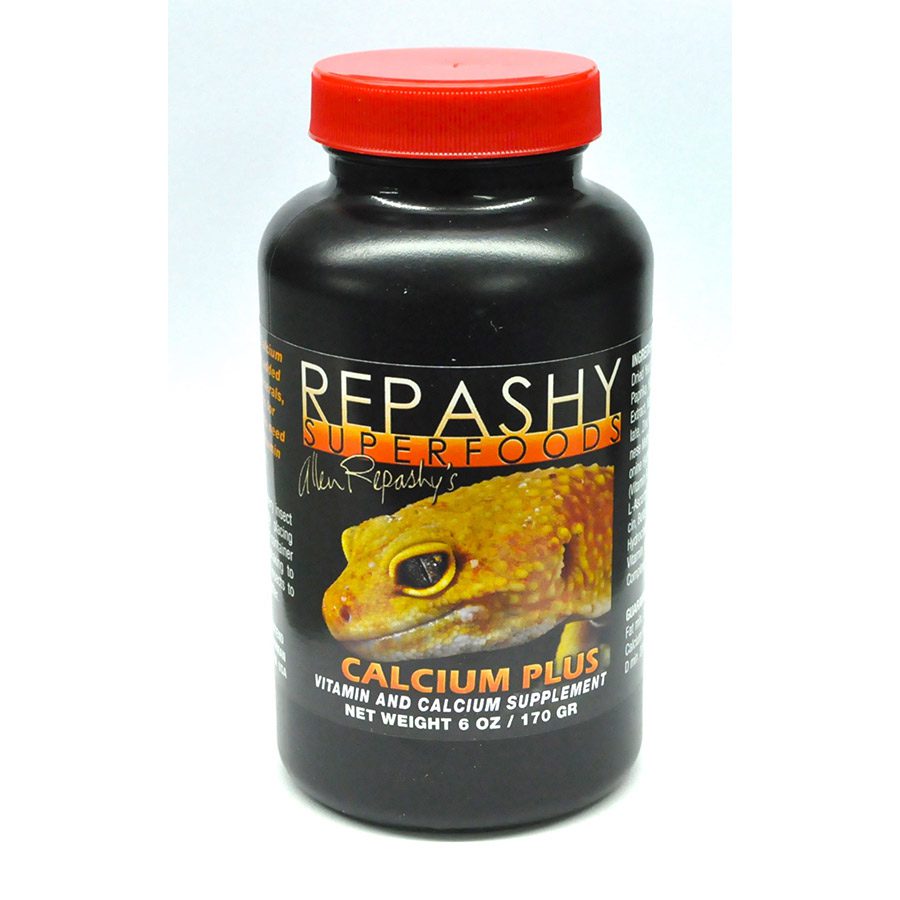
Its use in agriculture has been limited due to the price. Pelletized lime is an excellent source of high quality lime. The bulk spreading method will allow the ag lime to contact a larger amount of the soil. The fine, reactive particles of ag lime, in contrast, are spread as more of a dust so that the lime is better distributed and not in concentrated spots. When the pelletized lime is spread, it is distributed on the soil in pellets and results in small concentrated zones (spots) of lime after the binder dissolves. The lignosulfonate binding must break down by solubilization or microbial action before the lime is released to neutralize the soil acidity, which would delay the speed of reaction. The slower than expected reaction of pelletized lime is probably due to two things: 1) the lignosulfonate binding, and 2) the distribution pattern. Field research from other states indicate the rate of reaction is about equal to ag lime. In fact, incubation studies at Michigan State University found the pelletized lime to have a slower rate of reaction. Based on research from several states, it appears that the pelletized lime reacts no faster to raise the soil pH than good quality ag lime applied at recommended rates. Since pelletized lime is pelleted from finely ground lime, it is easy to assume that it will be faster reacting than bulk spread ag lime which has some larger, non-reactive particles as a part of its composition. The finer the grind of lime, the more the surface area, and the faster the reaction. The speed of reaction (rate at which the lime will change the soil pH) is mainly a function of surface area of the lime particles and their contact with the soil. As can be seen from this example, the recommended rates of pelletized lime cannot be greatly reduced as compared to bulk ag lime.

If less than this amount of pelletized lime is used, the expected soil pH change will probably not be obtained. In this case, 1560 lbs/ac of pelletized would be required to equal one ton of ag lime. This is calculated by dividing the average neutralizing value of ag lime by the neutralizing value of the pelletized lime being used (67 ”85= 0.78). If this is the case, the lime rate can be reduced to 78% of what would be recommended for bulk ag lime. For example, a high quality pelletized lime source may have a neutralizing value of 85. The information to calculate the neutralizing value should be on the pelletized lime bag, and the method to calculate the neutralizing value can be found in publication AGR-106,University of Kentucky College of Agriculture. Therefore, if the neutralizing value of pelletized lime is substantially higher than 67%, then the recommendation should be lower. All lime recommendations in Kentucky are based on this value. The finer the lime particles and the higher the calcium carbonate equivalent, the more effective the lime and the lower the rate of lime needed to make the desired pH change.īulk ag lime sold in Kentucky has an average neutralizing value of 67% when averaged for all quarries. As these two properties of lime change, so does the recommended rate of lime and its effect on soil pH. The recommended rates and the effect on soil pH of any agriculture lime product is related to the neutralizing value of the lime, which is a combination of the purity (calcium carbonate equivalent) and the fineness of grind (particle size). How Much Can the Rates be Reduced for Pelletized Lime? Some questions have been raised about recommended rates of this material and the speed at which it reacts compared to standard ag lime. However, the product is becoming more commonly used in production agriculture. The price of the material on a per ton basis is considerably higher than bulk ag lime, so its use has mainly been confined to specialty markets, with little use in production agriculture. Pelletized limestone is a product that has been on the market for many years.

In general, the pelletized lime contains about 9% lignosulfonates. The fine lime particles are bonded together with lignosulfonates during the pelletizing process. It may be dolomitic or calcitic depending on the nature of the original limestone. Pelletized lime is made by granulating finely ground agricultural (ag) lime. Murdock which contradicts what I have always heard. I was checking into this a while backand came across this article by Lloyd W. Therfore on my small plots I have always used pelletized lime being I am always in a hurry and usually running late. I was told that pelletized lime is faster than ag lime to be utilized.


 0 kommentar(er)
0 kommentar(er)
